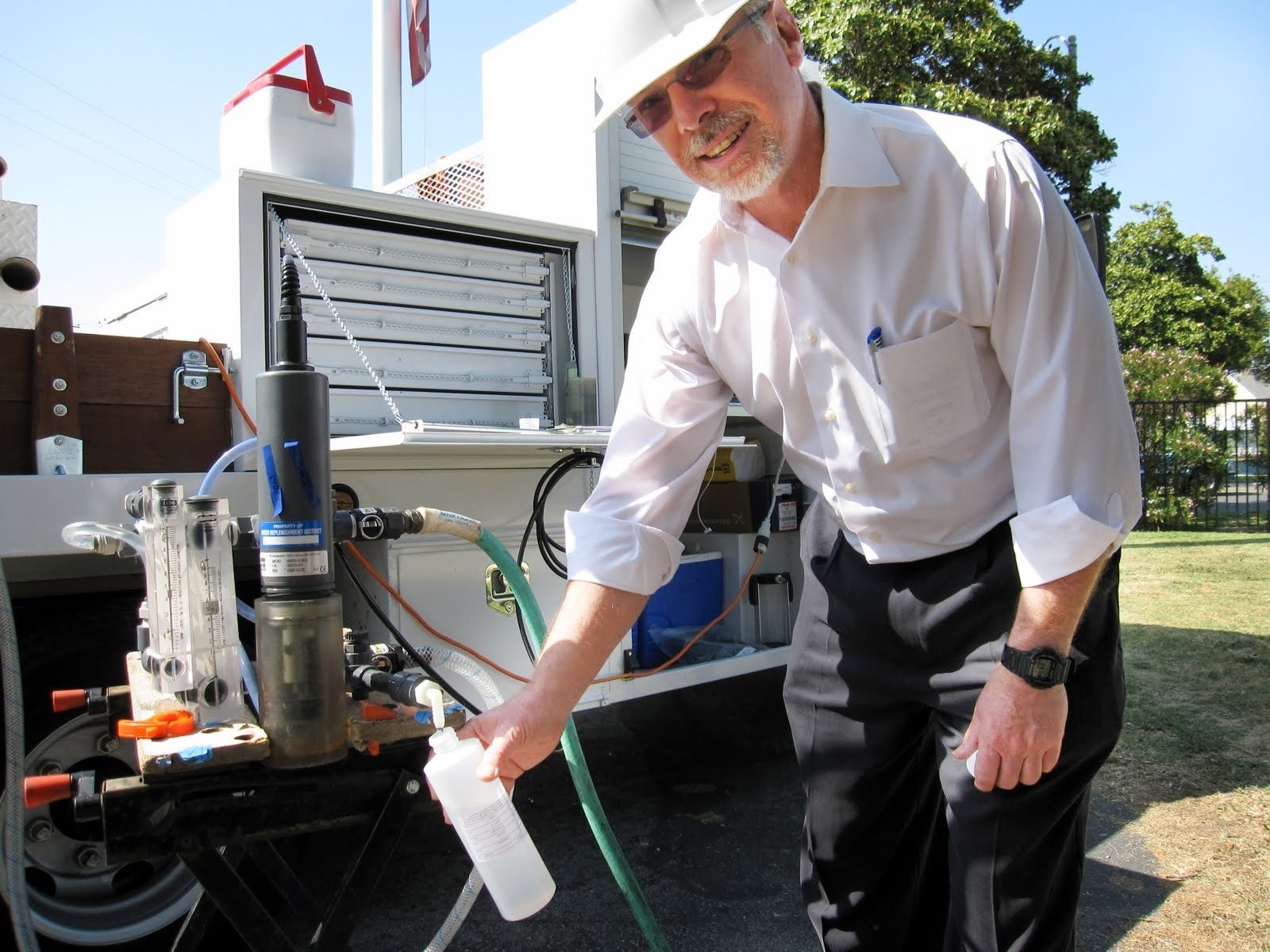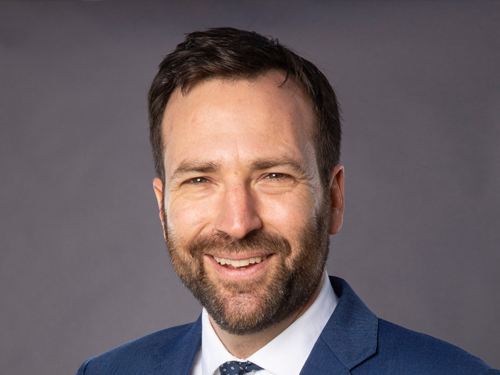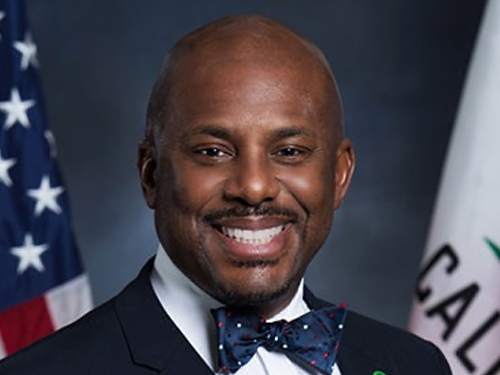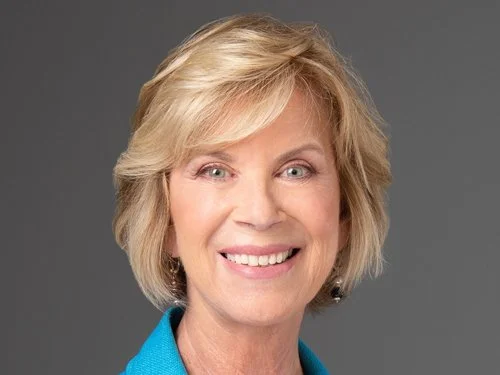
When it comes to protecting our most important natural resource, experience matters!
Rob Katherman is a proven advocate for our families in fighting to ensure that we can rely on quality water and find ways to make the Water Replenishment District more efficient in meeting the water needs of our region while protecting the environment.
Make a donation.
To makeYour support of my campaign helps me with our efforts to communicate and engage with voters on the importance of the WRD and why experienced leadership matters now, more than ever.
To make a contribution, CLICK HERE.
Zelle: (310) 618-1999 or rob.katherman@icloud.com
ABOUT ROB KATHERMAN
Rob Katherman was elected to the Board in 2004 and brings over 35 years of experience as a small business owner providing clients land use planning, environmental impact analysis and governmental and community relations. He currently serves as Chair of the Water Resources Committee, Capital Improvements Projects Committee and Finance Committee for the Water Replenishment District.
Director Katherman takes pride in his service to the people of Los Angeles County and brings to the WRD an impressive list of past and present professional and civic activities including Trustee of the Palos Verdes Library District, Water Commissioner of the City of Torrance, Board member of the Los Angeles Harbor College Foundation, and Board member of the Ken Malloy Harbor Regional Park Advisory Board.
Director Katherman holds a Bachelor of Science degree in Civil Engineering, a Master of Science degree in Environmental Engineering, and an M.P.A. in Urban / Regional Planning from Cal State University in Long Beach, California.
Rob has been married for over 40 years and has been blessed with 3 beautiful daughters and 8 grandkids.

MY TOP 3 PRIORITIES
Continue keeping water rates low and our groundwater clean, sustainable and affordable -protecting our families and future generations.
Cleanup 60 billion gallons of brackish salty groundwater by doubling the capacity of our desalting plant in Torrance to supply an additional 10 million gallons a day of locally sustainable fresh water to further reduce imported water from N. California.
Fight the effects of Climate Change on our imported water supply by partnering with West Basin MWD, LA Department of Water and Power and MWD’s Pure Water Project to purify 300 million gallons a day of reclaimed wastewater and stormwater to eliminate the need for imported water in our service area.
For nearly 20 years, I’ve been part of the WRD team that has kept our water rates low and our groundwater clean, safe, and sustainable for the 4 million people within our service area. Groundwater provides almost half of our drinking water in Southern Los Angeles County.
As imported water from Northern California and the Colorado River became less and less reliable, we took action by adopting the “Water Independence Now” Program, with the goal of becoming independent from imported water, prioritizing water purification. We reached our goal in 2019, with the completion of a state of the art Water Purification Plant in Pico Rivera. This Water Purification Plant produces over 10 million gallons of purified water a day, making our groundwater basins completely independent from costly imported water and 100% drought proof.
WRD’s efforts regarding recycled water and storm water capture over the last 15 years have eliminated the need for 400 billion gallons of costly imported water, saving families in our service area over 500 billion dollars…that’s right, 500 billion dollars! Additionally, by working closely with the State Water Board and Bureau of Reclamation, WRD was able to secure grants which saved residents nearly $10 million annually in imported water costs.
Now, WRD is embarking on a broader, more regional strategy called “WIN 4 All”.
As part of the “WIN 4 All” project, WRD will partner with neighboring water agencies to use our groundwater basin to recycle purified wastewater for future potable consumption, finally freeing all of LA County from its reliance on costly imported water. By purifying over 200,000 acre-feet of salty undrinkable water, doubling the capacity of our desalting plant, and increasing our groundwater storage to over a million acre-feet, we will have a realistic path to eliminate the need of imported water.
My pledge to you is to continue to fight climate change by utilizing locally sustainable recycled water and storm water capture for groundwater replenishment and storage…continuing to keep our groundwater safe, and our water rates affordable.
The real key to a sustainable, drought-proof water-future lies under our feet.
"Shortly after I was elected to the WRD Board we recognized that climate change was adversely impacting the reliability of our imported water supply from Northern California and the Colorado River. In response, we adopted our “Water Independence Now” or WIN program with the goal of becoming independent from increasingly unreliable and costly imported water from the Sacramento Delta for groundwater replenishment. "
- Rob Katherman
2024 ENDORSEMENTS
-

CA State Senator Ben Allen
“Water is our most precious natural resources and Rob Katherman has been committed to ensuring that our families have accessible quality water. His work on the WRD Board has led to lower water rates and better preparation to meet the growing water needs of our region, which has happened under Rob’s watch. I urge voters in WRD’s Division 2 to vote for Rob Katherman!"
-

CA Assemblymember Mike Gipson
“Rob Katherman ha been dedicated to serving the needs of the families who depend on the WRD for the clean, affordable water. As new challenges arise when it comes to water use and preservation, his experience will be crucial as we work together to meet the needs of our communities. Re-elect Rob Katherman for the WRD Board!”
-

LA County Supervisor Janice Hahn
“Rob Katherman is a leader in the effort to keep our water clean and affordable while making our groundwater locally sustainable and independent from increasingly unreliable imported water from the Sacramento Delta. Re-elect Rob Katherman to the WRD Board!”
Los Angeles County Democratic Party
Los Angeles County Federation of Labor, AFL-CIO
Los Angeles League of Conservation Voters
The Sierra Club
State Senator Ben Allen
Assemblymember Mike Gipson
Supervisor Janice Hahn
LA City Councilmember Tim McOsker
Supervisor Don Knabe (Ret)
MWD Board Chairman Adan Ortega
West Basin MWD Director Gloria Gray
West Basin MWD Director Harold Williams
West Basin NWD Director Scott Houston
West Basin MWD Director Desi Alvarez
Central Basi MWD Director Juan Garza
Torrance MWD Director Russell Lefevre
Torrance Mayor Patrick Furey (Ret)
Torrance Councilmember, Michael Griffith
Torrance Councilmember Bridget Lewis
Lomita Mayor Barry Waite
Lomita Councilmember Mark Waronek
Lawndale Mayor Robert Pullen Miles
Manhattan Beach Mayor Richard Montgomery
Gardena Mayor Pro Tem Mark Henderson
Hawthorne City Councilmember David Patterson
WRD Board President John Allen
WRD Director Joy Langford
Hawthorne Mayor Alex Vargas
Gardena Mayor Tasha Cerda
Redondo Beach City Councilmember Nils Nehrenheim
Hawthorne City Councilmember Katrina Manning
Rancho Palos Verdes Councilmember Barbara Ferraro
Rancho Palos Verdes Councilmember. Eric Alegria
Rancho Palos Verdes Councilmember Paul Seo
Rolling Hills Estates Mayor Velveth Schmitz
Rolling Hills Estates Mayor Pro Tem Debby Stegura
Rolling Hills Estates Councilmember Britt Huff

Water Rights Reform Is a Century Overdue
By Rob Katherman
The Mountain Counties Water Resources Association Op-Ed (Daily Breeze, July 16, 2023), claims changes in California’s water rights system embodied in three current legislative proposals would have dire consequences and “would upend the water rights system that, while imperfect, has worked in California for more than a century.”
Nonsense.
Big Ag[riculture] wants to pretend that nothing has changed since 1914 and their “first in time first in right” is sacrosanct and the public has no right to question their water use even if the water supply in seven out of 10 years no longer supplies even average stormwater. By the way, the years before 1914 were part of the wettest 20 years in the past 1,100 years.
But climate change has forever changed the odds of getting normal or even average stormwater runoff from the Sierra Nevada Mountains. Runoff from the Sierra’s snowpack even in an average year is now reduced by nearly 50% from historic runoff averages due to higher air temperatures and the resulting thirstier plants and soil. These pre-1914 water rights claims divert more than 2.3 million acre-feet (about 100 billion gallons) annually from the Sacramento Delta Watershed, which is the equivalent of nearly half of the total water consumed by urban water users each year in the entire state.
Based on slapdash water practices of the gold rush era dating back 175 years, when owning or controlling property and nailing a piece of paper to a tree was enough to stake a water rights claim, pre-1914 water rights diversions to this day are self-reported or not reported at all, unverified, and unregulated. Nobody can say with certainty how much water is legally diverted, much less illegally diverted from the state’s rivers and streams.
In the grand scheme of things, that may not have mattered much in the second half of the 19th century. But it matters today. But unlike post-1914 water rights, claimed pre-1914 rights cannot be curtailed by the state even in times of extreme drought.
There is another point worth mentioning since it goes to the legitimacy of the water rights system the Mountain Counties op-ed embraces but does not talk about. Since indigenous tribes and people of color could not legally own property at the time, and ownership or control of the property was the basis for a water rights claim, the pre-1914 water rights system is a stark example of the inequity that is embedded in that system.
The legislation in question by Sen. Ben Allen (D-Torrance), Assemblywoman Buffy Wicks (D-Oakland), and Assemblywoman Rebecca Bauer-Kahan (D-Orinda) would bring the pre-1914 water rights system into the 21st century. They require pre-1914 water diverters to document the basis for their claimed rights, beef up the enforcement authority of the State Water Resources Control Board, increased penalties for illegal diversions, and include a forfeiture provision for repeated violations of diversion limitations. The bills would implement many of the recommendations of a distinguished panel of water rights experts convened last year by the Planning and Conservation League.
The legislation would not “upend the water rights system that … has worked in California for more than a century.” Rather, the legislation would bring order to the chaos of unregulated water rights claims and apply the same rules to all water rights claims and diversions, including those that may be 175 years old. It aligns an obsolete water rights system to the realities of climate change. It acknowledges the inequities embedded in such an exclusionary 19th-century system.
Needed reforms to our water rights system are more than a century overdue. The legislature should adopt the legislation that would implement those reforms.
Rob Katherman is an elected director of the Water Replenishment District of Southern California, a groundwater management agency serving 50% of the water needs of 4 million people in south Los Angeles County.
Turning Salty Water Drinkable
Water agency protects regional groundwater
By Hunter Chase, 4/14/2022
The Water Replenishment District of Southern California, or WRD, is tasked with protecting groundwater sources for 43 cities, including Los Angeles. One of their new projects is the Regional Brackish Water Reclamation Program, which will take water that is too salty to drink and turn it into drinking water.
“This brackish groundwater has much less salt than ocean water making it less expensive and more environmentally sound to desalinate,” said Director Rob Katherman, a WRD board member who represents the City of Torrance and other beach cities.
In the 1900s, the over-pumping of groundwater made seawater from the ocean flow into groundwater aquifers, according to the WRD. Most of the water that Californians drink is groundwater, which is water underneath the ground. The groundwater and seawater mixed, creating brackish water, which is too salty to drink, but not as salty as seawater. Wells in the West Coast Basin and the southeastern tip of the Central Basin were affected by this. Instead of abandoning the wells, Los Angeles County started pumping in freshwater in the 1960s, creating an artificial barrier between the groundwater and seawater. It used more than 100 injection wells.
However, in the process of creating the barrier, the county trapped a plume of brackish water in aquifers in lower San Pedro, Gage, Silverado and Lynwood. A plume is a vertical body of fluid moving through another, in this case brackish water in freshwater. This plume consists of 20 billion gallons and prevents the county from pumping groundwater in some West Coast Basin areas.
The WRD first started treating brackish water at the Goldsworthy Desalter in Torrance, starting in 2002 and doubling its capacity in 2017.
“This treatment facility is jointly operated by WRD and the city of Torrance and currently purifies 5 million gallons per day of salty groundwater and sends that water directly into the city’s drinking water system,” Katherman said.
The WRD will apply this on a much larger scale with the Regional Brackish Water Reclamation Program.
The WRD initiated a study with seven stakeholders, according to its feasibility report published in March 2021. These included three cities, Torrance, Lomita, Manhattan Beach, and four water companies, the Los Angeles Department of Water and Power (LADWP), the Golden State Water Company, the California Water Service Company and the West Basin Municipal Water District.
The WRD is still planning the program, but it will be completed in phases, and the organization estimates finishing it in 2026, Katherman said. It will potentially have the capacity to treat 18 million gallons of water per day. Depending on which project plan the WRD decides to take, the program’s cost and maintenance could range from $8.5 million to $13.5 million, according to the feasibility report.
The project is expected to last 20 years, Katherman said.
“The benefits of the project will outlast the treatment process,” Katherman said. “As water is treated and used, it creates space in drinking water aquifers to store fresh water and purified recycled water. This water can be used as reserves for times of severe drought.”
It will treat the water using a process called reverse osmosis, which has the water go through a membrane which the salt can’t go through. Afterwards, the WRD will disinfect the water and adjust its pH level to make it suitable for drinking.
The program is targeting 375,000 acre-feet of brackish water, of which 240,000 acre-feet are in an aquifer in lower San Pedro, according to the feasibility report. The rest is an aquifer in Silverado, which has 113,000 acre-feet, and an aquifer in Gage, which has 13,000 acre-feet.
The program has multiple facets to it, including wells to extract the water, a desalination plant, and wells to inject water back into the aquifers, Katherman said.
The WRD is considering using 20-inch-diameter, 316 stainless steel, vertical wells at up to 10 different locations, the feasibility report says. Each of these wells should be able to extract 2,000 acre-feet of water per year, but the San Pedro aquifer might not be able to extract as much as the Silverado aquifer. The WRD is considering using a larger number of wells that are smaller sizes instead.
The WRD will likely use a site in Torrance for the centralized treatment facility, according to the feasibility report. The site, which is also called the City Yard, was suggested by the City of Torrance. This site is adjacent to the existing Goldsworthy Desalter and city’s water main and has access to its distribution system. In addition, it is on the edge of the plume of brackish water.
The extracted salt from the water is called brine, and the WRD will most likely dispose of it in the Los Angeles County Sanitation Districts’ Joint Water Pollution Control Plant. The program could potentially have a direct sewer line to the plant. This would cost the WRD about $12.6 million per year in capital expenditure, but it’s their cheapest option for brine disposal.
Removing Toxic Substances
Another project the WRD is working on is the PFAS Remediation Program. PFAS stands for polyfluoroalkyl substances, which include perflourooctanic acid, or PFOA, and perfluorooctanesulfonate, or PFOS. These are man-made compounds that can be harmful to humans and the environment because they break down very slowly. According to the U.S. Environmental Protection Agency, or EPA, research is underway to study what the effects are on people. The potential negative effects include increased risk of cancer, decreased fertility, developmental effects or delays in children, weakening of immune systems, increased cholesterol levels and risk of obesity.
In October 2021, California became the seventh state to ban its use in food packaging. But they can still be found in drinking water, firefighting foam, fish, and household products.
According to the WRD’s website, some PFAS have been found in some active wells in LA County, but they are below the health advisory level established by the EPA. The WRD Board of Directors approved a $34 million grant program to treat these wells.
The WRD tested two pilots to decide on how to treat the water with PFAS. Both treated the water with ion exchange resins and granular activated carbon. The resins used were one time use, they were removed and disposed of afterwards. The carbon used was made of coal. The pilot tested four different types of resins and four types of carbon, and ultimately found that one of the resins was the most cost-effective method. It’s called Resinex PFCR-2, and is specifically designed to remove PFAS from water. It removes the most PFOA, and lasts longer than the other resins.
Other challenges
Katherman said that more than 200 water providers, including cities and water districts, have rights to pump from two basins that the WRD controls. A superior court allocated these rights decades ago, and they can’t be altered. They all have one thing in common, they all need drinkable water.
“Although cities may have varying water needs and differing allocations, the health of the groundwater basins is important for everyone,” Katherman said. “If an unwanted substance, such as brackish water, were to migrate throughout the groundwater basins it could affect multiple water providers.”
He said that the amount of groundwater each community can access was determined decades ago. However, water equity is still important to the WRD.
“Water providers that serve low-income communities may be under-resourced and in need of additional support to treat groundwater affected by unwanted substances,” Katherman said. “These substances can cause water to be discolored, malodorous or bitter tasting.”
The WRD has addressed this by starting a Safe Drinking Water Program and Disadvantaged Communities Program. Katherman said it has helped 13 cities address contamination issues.







